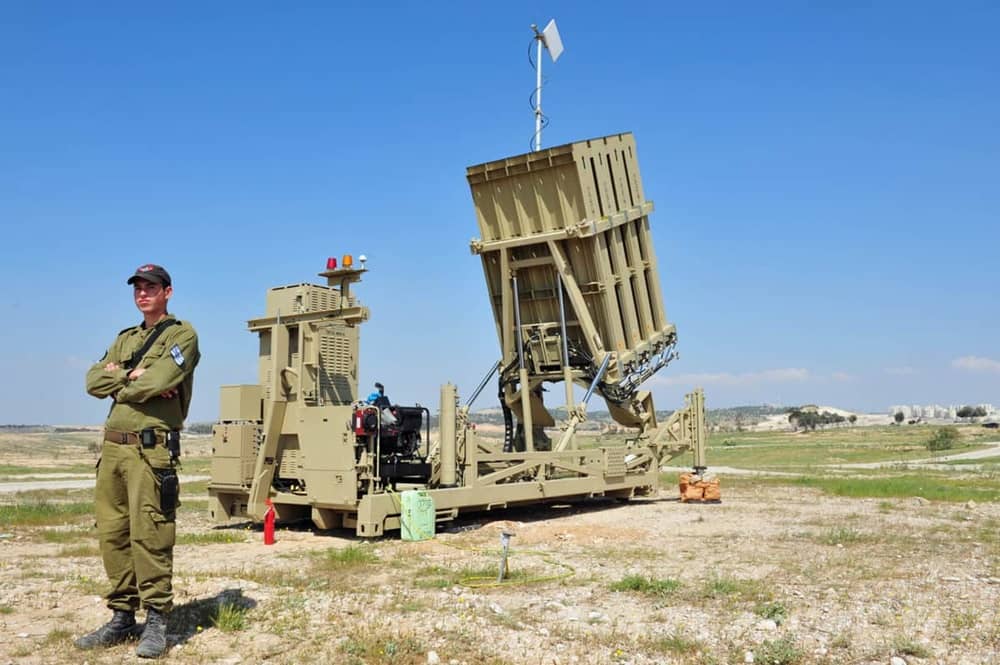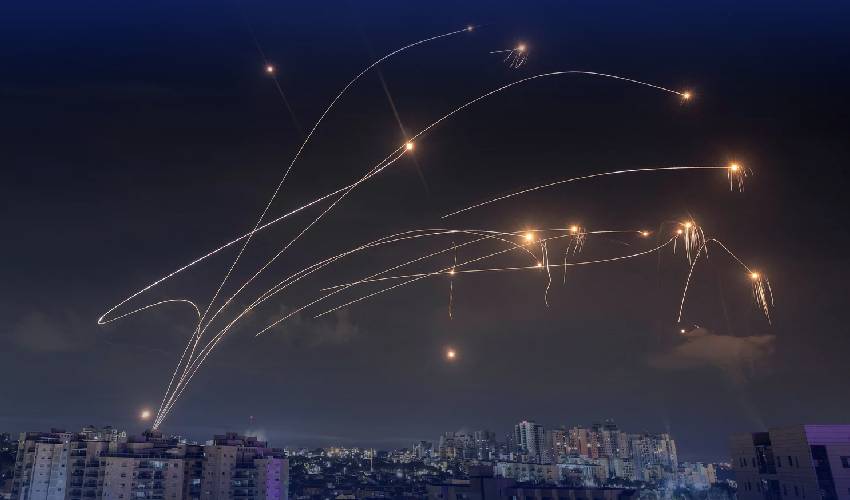The Israeli Iron Dome reportedly malfunctioned, resulting in an interceptor rocket falling in the center district of Rishon LeZion, south of Tel Aviv. The video of the Iron Dome malfunction was shared on X and other social media platforms.
Iron Dome is an air missile defense system designed to protect Israel from short-range rocket attacks. It was operational in 2011 after being developed by Rafael Advanced Defense Systems and Israel Aerospace Industries.
How does the Iron Dome work?
To detect incoming missile trajectories, the Iron Dome incorporates an MMR Radar. When a missile is identified, the system’s command and control center quickly examines its trajectory and anticipated impact area.
It then analyzes whether or not the missile is a threat to populated regions.
When a threat is detected, the command center instructs the launcher to unleash an intercepting rocket, precisely targeting and neutralizing the incoming threat in mid-air.

Importantly, the Iron Dome’s artificial intelligence distinguishes between safe and dangerous rockets, ensuring effective resource use. The key features of the Israeli Iron Dome are as follows:
- Intended for missiles that are short-range, having a maximum range of forty miles or less.
- It can be used on land or aboard ships as needed because it is mobile and flexible.
- Has to be reloaded in order to continue being able to intercept missiles.
In conclusion, Israel’s Iron Dome is a vital part of its missile defense system, improving regional security and providing efficient defense against short-range missiles.
Why did the Iron Dome malfunction in the past?
The Iron Dome malfunction was unfortunate for Tel Aviv but this is the first time the state-of-the-art Ariel defense system failed. In fact, on October 7th, when Hamas rained down thousands of missiles the state-of-the-art defense system failed to intercept all the missiles.
At least ten Iron Dome batteries, each with 60–80 interceptor missiles, are in use in Israel. The approximate cost of each missile is $60,000. Iron Dome was 90% effective against a variety of threats in earlier attacks with fewer missiles and rockets.
Now the question is, did the Iron Dome malfunction on October 7th? Actually, it didn’t.
It’s just a straightforward math problem. Israel had fewer than a thousand interceptors ready to counter the thousands of missiles fired by Hamas. A portion of the Hamas missiles would still manage to get past Iron Dome, even in the unlikely event that it proved to be 100% successful in stopping all of the incoming threats.

The attacks by Hamas make it abundantly evident that even the most effective air defense systems can be overcome if the number of threats they must fend off exceeds their capabilities.
With significant financial investment over many years, Israel’s missile defense system has been developed. How was Hamas able to finance its overthrow? Once more, it all boils down to figures. The missiles fired by Hamas are approximately 100 times less expensive than the Iron Dome interceptors, with each missile costing roughly $600. Israel would have to pay about $48 million in total if all of its interceptors were fired. At a mere $3 million, Hamas could fire 5,000 missiles.
Thus, in a methodical and well-thought-out plan, Hamas gradually amassed a substantial stockpile of reasonably priced missiles, which it knew would be sufficient to overcome Iron Dome’s defenses.